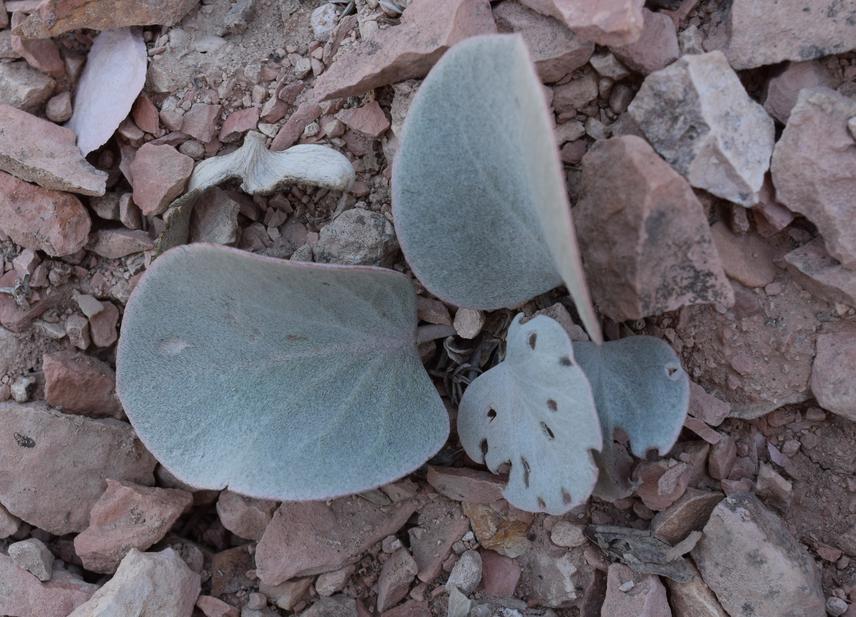Vahagn Hakobyan
The aim of our project is to explore the areas of distribution of 4 types of rare and endangered Papillonaceae species as well as to discover new locations and to study plant ecology and their environment.

The research Project refers to monitor 4 types of endangered and critically endangered plant populations of Papilionaceae and to study limited distribution of these species. We are interested in Medicago astroites, Astragalus commixtus, Astragalus holophyllus, Sphaerophysa salsula, which are included in the Red Book of Armenia and IUCN List, ABC.
During the project it is expected to
1. monitor the population state, to collect seeds and plant samples
2. explore the distribution of the plants in Yerevan floristic region with the aim of identifying new locations
3. raise awareness of the population.
More than 463 (/452) species are included in the Red Book of Armenia, the observance of which is carried out by nature and state reserves, by creation of prohibition-laws as well. In practical point of view, very little work is being done for the restoration and maintenance of the plants.
This is due to an inappropriate level of supervision, low public knowledge of the society, the expansion of agricultural and livestock areas, etc.
Primary and essential cause is the information and database poverty of rare plants, which does not allow to properly assess the situation and implement measures aimed at plant conservation and restoration.
We are going to research Medicago astroites, Astragalus commixtus, Astragalus holophyllus, Sphaerophysa salsula species in their natural environment, to monitor, to investigate the prevalence and to identify new locations, to collect samples and to isolate their symbiotic nodule bacteria. Based on these results it will be possible to understand current status of the studied plants. Upon discovering plants new settlements, floristic map of Armenia will be complemented and obtained data will help to assess their level of exposure.
The actual data from the survey will help to raise awareness among the local population and local authorities through meetings, information and other resources. In addition, data will be transferred to the environmental structures, which will enable them to develop the appropriate strategy.
Furthermore, the chosen species are pioneer plants. They grow in nitrogen poor and eroded wilderness soil. These plants are able restore soil fertility and nitrogen level, can contribute to the restoration of degraded lands by their nitrogen fixing bacteria. Thus, it allows solving 2 problems, bio-remediation of degraded lands and the conservation of rare plants.